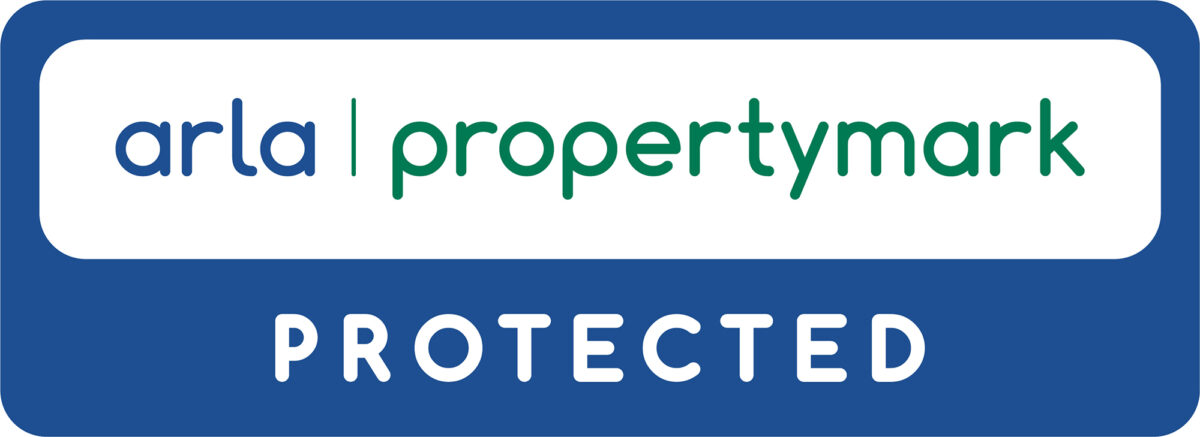Now that we have (finally!) launched, we will be regularly providing our insights on the residential property market which our clients will have access to. We hope that by sharing this information, as well as the guides on our website, individuals and groups who are interested have access to what we are seeing going on every day. We think we are well-placed to provide this, being positioned in the residential sector in London and Essex servicing clients with their sales, lettings and property management requirements.
Something that most will be aware of is the end of the stamp duty tax cut on 30 June 2021. This was brought into effect by the Government in July last year to reinvigorate the housing market and enable transactions to proceed at a time when it was more difficult to arrange viewings and with fears of the housing market stagnating. Initially, we saw a short term ascendance in sales, especially by those who were previously first time buyers who were looking to move into their second properties and climb the housing ladder. Naturally, at that end of the market the saving is more significant and where thousands of pounds are involved it can be a deal-breaker as well as deal-maker. After that initial period though, we saw that sales started to drop off slightly and sellers looking to profit too from the buyers’ saving. There was a second and shorter spike following the announcement the stamp duty cut would be extended from 31 March 2021 to 30 June 2021, with agents such as ourselves very busy and conveyancers doing all they could to make sure they beat the new deadline. While the pre-8 July 2020 rates come back into effect from 1 October 2021, until then stamp duty is now payable on properties purchased for over £250,000.
We were particularly interested on the effect of the buy-to-let market and for existing rental property portfolios. We had clients looking to make use of the new threshold to strengthen their portfolio and they often had a choice between purchasing something as planned and keeping the difference for renovations or purchasing a slightly improved property which required less work. We have been delighted to help our clients with their requirements and have seen these properties which were purchased fully let in recent months at a good yield. Our view is that in the long term this will mean better established and resourced portfolios. We believe the rental portfolios will prove to be the real winner out of this with longer term gains.
Now that the threshold is being phased back to the pre-8 July 2020 rates, Halifax has reported the price of the average home decreased by 0.5% last month. That was to be expected because one will naturally be more cautious about putting a property on the market when there was a market only last month consisting of buyers looking to take advantage. However, what should not be lost is the fact house prices are reportedly on average nearly 9% higher than what they were last year and, where savings were made on stamp duty, sellers often looked to profit from that themselves by “splitting the difference” and adding half of the saving onto the purchase price. In addition, those who are now ready to move may not have been over the last few months. Therefore, we believe there will be an element of a fear of missing out on what became, in a sense, a ‘false economy’ and as house prices begin to climb, especially with predictions of inflation rising, the market will be buoyed once more.
9 July 2021




